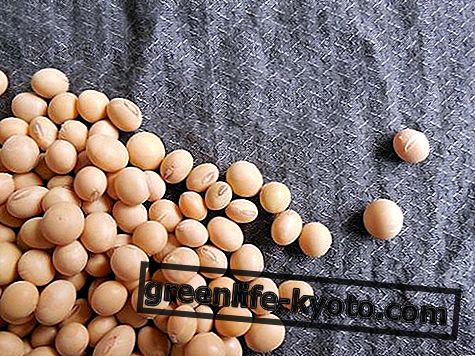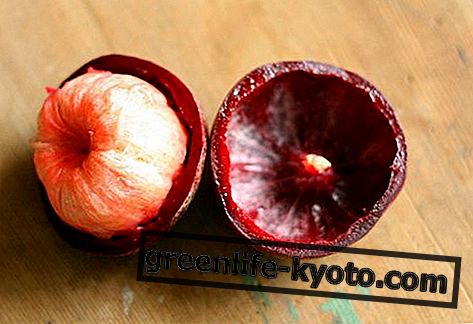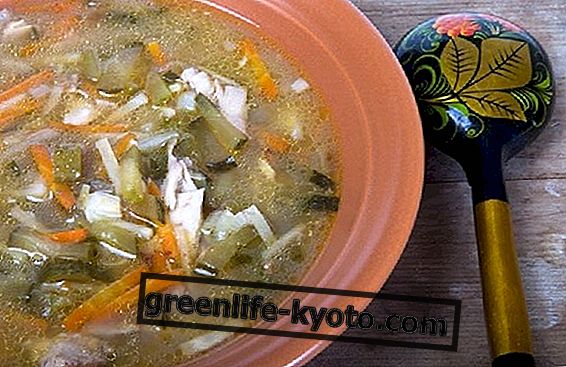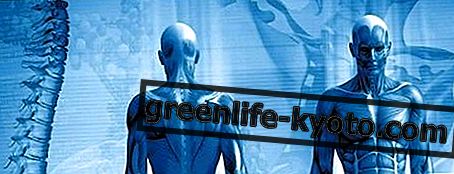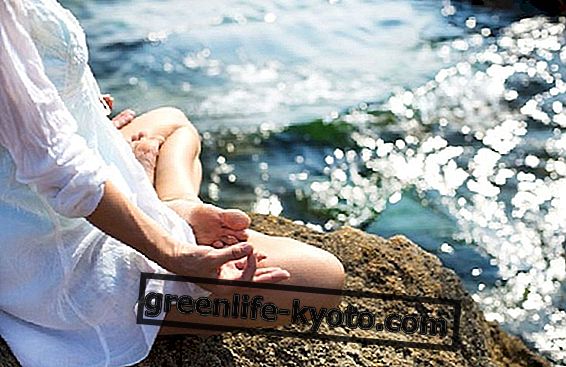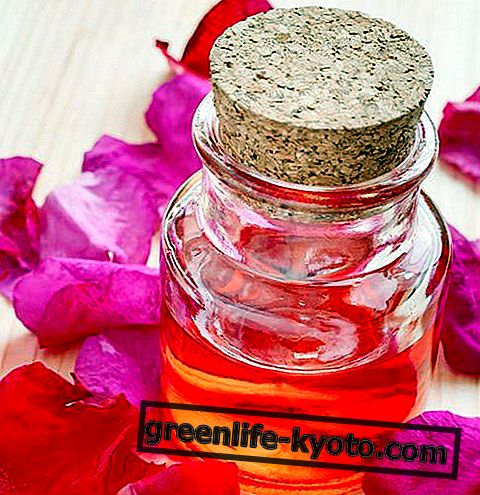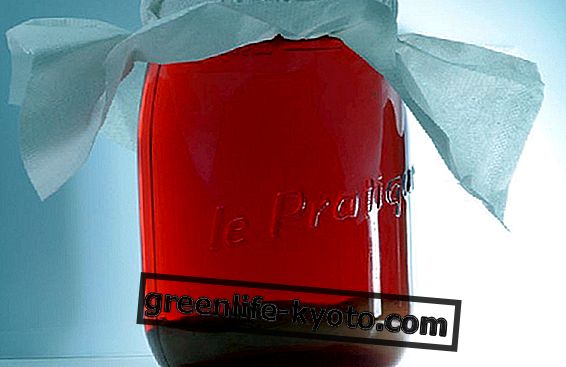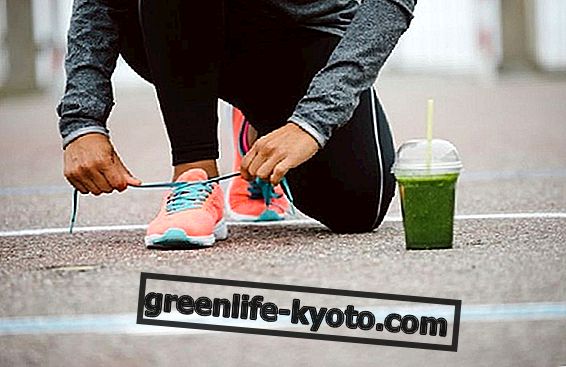
Since ancient times, as can be read in the numerous texts of Traditional Chinese Medicine, acupuncture has been used in situations of emergency or acute in numerous disorders, from infectious diseases to pathologies characterized by strong painful symptoms.
While, with the advent of modern medicine the indications for the use of acupuncture as a primary therapy in infectious diseases has rightly failed, other applications, which can be used alternatively or alongside conventional therapies, remain absolutely valid and practicable.
From the point of view of Chinese medicine we can distinguish two different situations that require urgent intervention:
1. sudden pathological manifestation that occurs in conditions of well-being and good state of the correct energy : it corresponds to the overwhelming penetration of external pathogenic energies or to sudden alteration of one of the different movements of energy (Qi) due to internal causes, usually emotional.
2. rapid transformation of a pre-existing pathological process : usually connected to a void of an organ, often associated with a rapid change towards the acute manifestation determined by the formation of pathological products, (like an accumulation of long-term catarres with subsequent blood stagnation in a specific body or channel).
Acute diseases are usually attributed to what is called "fullness", but with this difference: in the first case it will be an "absolute fullness" while in the second we will have a "relative full" in a vacuum. Faced with an acute manifestation it is indispensable:
- rapidly orientate the diagnosis by applying the eight principles,
- evaluate the channels concerned,
- start the treatment by first treating the outside ("biao").
Once the acute phase is over, the diagnosis is resumed, if necessary specifying it better, and therefore also treating the root of the disease. In treating acute cases it is important to evaluate well:
- the basic state of the correct energy of the patient,
- the correct selection of points,
- the stimulation technique.
If the diagnosis is appropriate and these three conditions are present the effect can be very rapid, often associated with an improvement in both cellular and humoral immune defenses.
The therapeutic protocol in urgency and in acute pathologies
While in chronic pathologies the local points (even the painful ones located outside the meridian , called Ashi ) play a very important role, in the acute ones and in the urgency are the distal points, located downstream of the elbow and knee, to play a fundamental role in the formulation of the therapeutic protocol. The choice of these points usually takes place according to two criteria:
- using the 8 Extra or Extra Vessels ( Dumai, Renmai, Daimai, Chongmai, Yangqiao, Yinqiao, Yangwei, Yinwei ) through the insertion of the 8 Confluent points (SI 3, LU 7, BL 62, KI 6, TE 5, GB 41, SP 4, PC 6) alternately combining: o pairs of Yang meridians ( Dumai + Yangqiao, Daimai + Yangwei ) between them, with the effect is strongly sedative, both with regard to pain and any mental disorders; or pairs of Yin and Yang meridians ( Dumai + Renmai, Daimai + Chongmai, Yangqiao + Yinqiao, Yangwei + Yinwei ), obtaining a harmonizing effect, aimed not only to calm the pain and psychic symptoms, but also to strengthen and rebalance the organism . The points of the Extra Yang meridians must be energetically stimulated, in reduction, so as to obtain a sedative / analgesic effect, while those of Meridiani Extra Yin, when used, must be treated with the reinforcement method, in order to tone Yin and Blood.
- Taking advantage of the Great Meridians, which brings together the 6 Yang meridians in three pairs, located respectively on the front, lateral and posterior parts of the body ( Yangming, Shaoyang, Taiyang ). In this case the pain zone is identified first and is associated with the course of a regular meridian. After choosing the local and adjacent points based on the location of the pain, select the distal points by combining the interested meridian with its coupled according to the method of the Great Meridians (LI-ST, TE-GB, SIBL). In both cases the distal points are fixed at the beginning of the treatment and stimulated in dispersion, to obtain a sedative, analgesic and decontracting effect, useful for alleviating the patient's symptoms and favoring the healing of the condition.
Categories of points indicated in urgency and in acute pathologies
The ancient Shu points
The system of ancient Shu points of the limbs includes 60 points (66 considering also the Yuan points of the Yang Meridians) located on the limbs distal to the elbow and knee: starting from the nail ends of the fingers, they proceed in a centripetal direction, sinking at the elbow level and knee to reach the internal organs.
The Jing -Pozzo points
The 12 points located in the most distal position, in correspondence with the nail angles, are called Jing -Pozzo; according to the allegorical description provided by Chinese Medicine, the Qi at this level, arrived at the end of the meridian, changes polarity, passing from Yin to Yang or vice versa, so it is particularly unstable, dynamic and can easily influence its movement and characteristics. The effects of stimulation of the Jing- point points for these reasons gives rapid clinical effects, sometimes spectacular, and is effective above all on the regions located at the opposite end of the meridian. The traditional indications are the following:
- feeling of suffocation and chest tightness, mental disorders,
- affections of internal organs. Initially useful especially in resuscitation, for awakening from coma, in hyperpyrexia and to treat mental disorders, in current clinical practice the speed of action recommends the use of some of these points in emergency situations or in acute and sedation, in case of strong agitation and panic, due to their ability to cause rapid changes in mood.
The main indications of the Jing -Pozzo points are:
1. LI1: loss of consciousness, acute odontalgia, sore throat;
2. TE1: loss of consciousness, tinnitus, sore throat;
3. SI1: loss of consciousness, stiff neck, illness;
4. LU11: loss of consciousness, pharyngitis, tonsillitis, sore throat;
5. HT9: loss of consciousness, anxiety, mania, insomnia;
6. PC9: loss of consciousness, sunstroke, delirium, fever, agitation, mania;
7. SP1: loss of consciousness, mania, metrorrhagia;
8. LR1: loss of consciousness, convulsions, metrorrhagia, nightmares, insomnia;
9. KI1: loss of consciousness, stroke, shock, coma, syncope, convulsions;
10. ST45: heat stroke, coma, fever, insomnia, agitation, facial pains;
11. GB44: orbital headache, tinnitus, conjunctivitis, nightmares, insomnia;
12. BL67: nuchal headache, fetal upheaval, uterine dystocia;
13. all 12: coma, heat stroke, high fever.
The X- slot points
Still in the territory of the distal Shu points of the limbs, but without being part of the 66 points mentioned above, the 12 Xi points, literally "slit points", are finally located. According to traditional Chinese medicine they represent places of convergence of energy (Qi, which flows along the meridian is collected in depth) and blood (Xue). In clinical practice they are particularly indicated in acute and urgent situations, for their rapid and direct action on the circulation of Qi and Xue, in the stasis of Qi and Xue, the latter characterized by strong fixed and stabbing / transfixing pains. The Xi points are 16, one for each meridian and 4 belonging to the Extra Vessels. The latter can be combined with confluent points to increase their action. The indications of the currently most used Xi points in clinical practice:
- SI6: acute pains in the arm and shoulder, acute low back pain;
- ST34: acute epigastralgia;
- LU6: asthmatic attack, dyspnoeic crisis, cough;
- PC4: stabbing precordialgia, angor;
- HT6: excruciating precordialgia, angor, flushing with night sweats;
- SP8: menstrual colic, dysmenorrhea;
- LR6: dysuria, stranguria;
- KI9: acute anxiety states, panic attacks.
Problems in the energy flow along the meridians
In the case of acute pain along one or more channels, it is necessary to make a diagnosis not only based on the subjective description but also by resorting to direct observation and palpation, in particular the specific points of command, of xi, luo, point corresponding right / left and high / low cross on the channel of the same name. Furthermore it can be useful to search for the sensitive auricular point. As a rule it is advisable to choose a remote point that frees the channel and, if possible, make the diseased part move; we move on to local treatment only later.
The specific treatment systems are :
§ cold and wet cold: hot needle, fire needle, moxa, guasha + hot salt or cushion of herbs that maintains the heat ( kanlisha );
- heat: dispersed needle, bleeding, cup + bleeding, hammer;
- qi stasis: needle + massage;
- blood stagnation: bleeding of the luo + hammer.
Particularly effective points at a distance in acute pain:
- shu points of yang channels: LI3, SJ3, SI3 for high and ST43, GB41, BL65 for low;
- SI3 has an action on all the taiyang and also on the column (dumai);
- xi fissure points, yang species;
- LI11 treats the knee;
- luozhen extra point treats the neck;
- yaotongxue EX26 treats the lumbar area;
- BL1 and BL10 treat the acute pains of the long BL back;
- SJ-6 treats pain on the sides (associated with GB34);
- ST-9 treats acute pain in general but is delicate to take;
- BL40 treats all types of low back pain, can treat acute cases of heat moisture along the canal, such as herpes zooster ocular, usually in bleeding;
- ST38 treats shoulder pain along the stomach meridian;
- GB34 treats hip pain and shoulder pain along the gall bladder canal;
- BL60 treats neck and shoulder pain along the bladder meridian;
- GB39 treats stiff neck;
- ST 44 treats toothache (upper teeth) with LI4 (lower teeth);
- LR3 is a point with antispasmodic action;
- ST34 treats acute stomach pains;
- DU20 treats pain in the anus.
Impairment of the spread of qi and chest blood: Asthma
In view of the need to move towards an Integrated Medicine, it is necessary to consider the association with the drugs of Western medicine. With acupuncture, whether it is true fullness or full-empty mixture, the immediate goal is to re-establish a normal spread of chest qi:
- Lung Meridian: LU5 (transforms the catarrhal and purifies the heat of the pomone), LU7 (promotes the lung descent function), LU10 (purifies the heat of the lung);
- Agopunto EX-B1 dingchuan;
- dingchuan ear acupoint;
- LU6 + LU7 + SI11;
- REN22 + REN17;
- large cup on the navel;
- add LR3 and PC6 if necessary. Attention to closely monitor the patient: the asthmatic crisis can evolve dramatically towards acute respiratory failure.
Cough
We can use:
- auricular points: shenmen, lung, trachea, liver;
- LU10: dry cough irrepressible by heat wind;
- LU6
- LR3: cough with a state of psychic agitation.
Heart disease
These are very delicate situations in which the intervention of Traditional Chinese Medicine can only be complementary, for example waiting for a precise diagnosis.
We will use:
- PC4
- PC6
- PC5 if there are tan-heat signs,
- HT5.
Vertigo
According to MTC, it is believed it could depend on a rise in chongmai: empty at the bottom and full at the top with a sense of rising qi and a feeling of suffocation, . Therefore it must be treated by pinching and bleeding of BL 11; then follow other points for vertigo (LR3, KI3, GB34, GB20, TE17, GV14, GV16, LI4, SI3, TE3).
Hiccups In this case the pressure on BL2 is useful, to be associated with GB 34 if there is also pain in the hypochondria.
Acute urine retention
Also in this case MTC should be seen as a support to conventional treatment, although it is very useful. It is part of the alterations of the transport function in the viscera-fu and can be:
- heat: to be treated by BL40 bleeding, dispersion of ST28, SP9 and Ren2; - from cold: it improves with moxa directed on Ren9, hot needle on ST28, BL28 and Ren4.
Biliary colic
It is usually thought to be caused by a moisture-heat association, which can be treated by dispersing the extra harmful point, located under the fibula's capital; it is also useful to also punch the GB24 and Ren14 acupoints.
Renal colic The most effective points are:
- BL23,
- GB25,
- LR3,
- KI3.
Acute dysmenorrhea
In this disorder it is important to check for the presence or not of cold, beyond the inevitable stagnation of qi and blood. The most useful systemic points are LR3, LI4 and PC6 (in the case of nause and vomiting); SP8 is the elective point, which can be coaudiuvated by SP6 and if it is cold it is treated with hot needle + moxa on Ren4. Cold shot
Excellent results are obtained by placing the hot salt on the navel, besides direct moxa on LI4 and ST36, moxa on the shu points of the back and on the mu of the affected organs.
Heat stroke
In this case the treatment involves bleeding and cupping of DU14, associated with bleeding of the apices of the ears and guasha on the fly side of the forearms; then other points are added starting with LI4 and LI11. If we associate vertigo, headache, hypertensive crisis the diagnosis we will use:
- LI11 in dispersion,
- LR2 (if associated with Liver fire signs),
- DU20 in bleeding,
- Gall bladder and stomach meridian: we use sensitive scattering head acupoints;
- bleeding of the apices of the ears and vein behind the ear, SP6 and ST36.
Conclusions
Over the centuries, acupuncture has proven to be a valid, versatile and easily integrated therapy with conventional therapies that are now practiced in both public and private practices. Combining it appropriately with allopathic, homeopathic or phytotherapeutic drugs, chosen from time to time according to the specific clinical case by a doctor experienced in these practices, can be decisive in the treatment of both chronic and acute diseases.

